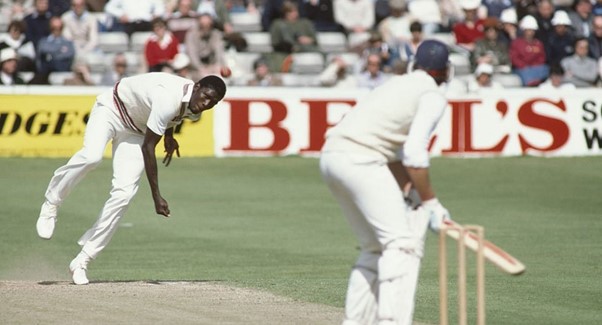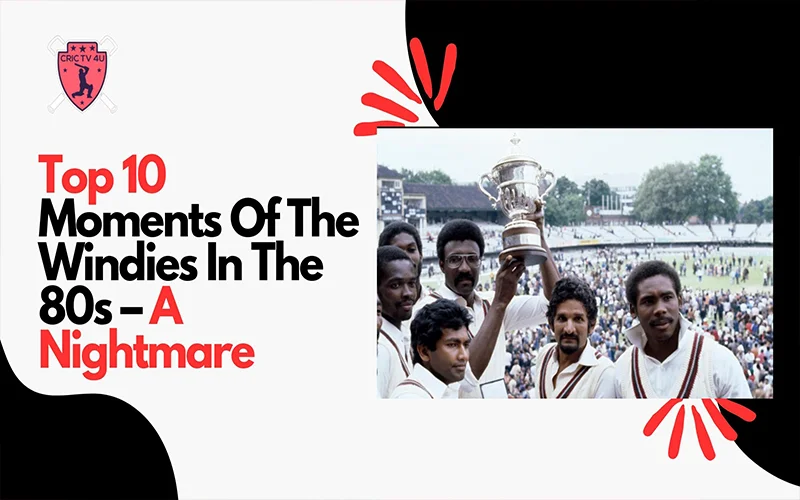In the 1970s and 1980s, cricket in the Caribbean resembled a religion, and players were revered as deities. The 1970s and 1980s were the heyday of West Indies Cricket, even though the supporters are still quite passionate about the game. Whether playing at home or away, the West Indian team dominated every team they faced. The most feared fast bowlers were West Indians because of their quickness, swing, and aggressive bowling. They were dominant against the greatest batting lineups on any kind of wicket. Let us look at the best moments of the Windies in the 80s.
1. Inaugural World Cup Title
In 1975, the International Cricket Conference (ICC) hosted the inaugural Cricket World Cup. The Prudential World Cup was the name of the competition because Prudential Assurance Company sponsored it. The strong West Indians overcame Australia by 14 runs in the opening world cup final at Lord's. Their captain, Clive Lloyd, was appropriately named Man of the Match after scoring 102 and taking a wicket.

2. Michael Holding’s 14/149
The moniker "The Whispering Death" was appropriately given to Michael Anthony Holding. When he recorded the best bowling statistics by a West Indian bowler in a Test match, he showed it to be true. At The Oval in a 1976 encounter against England, Holding finished with a match figure of 14/149 after recording bowling figures of 8/92 and 6/57. Vivian Richards, who hit 291 in the second innings, provided him with strong assistance. By 231 runs, West Indies prevailed in the game.
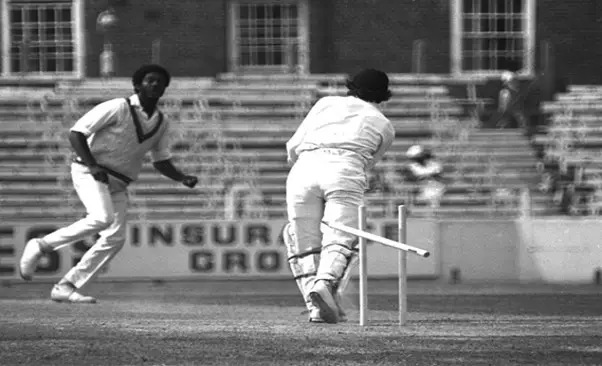
3. Second World Cup Title
After winning the World Cup in 1975, the West Indies were not content, so they repeated the feat in 1979. West Indies were given allowed in this game at Lord's. Vivian Richards scored 138 runs quickly to lead the West Indies to 286/9. Michael Holding, Colin Croft, and Joel Garner, a pace trio, dismissed the hosts for 194, helping them win the world cup for the second time in a row.
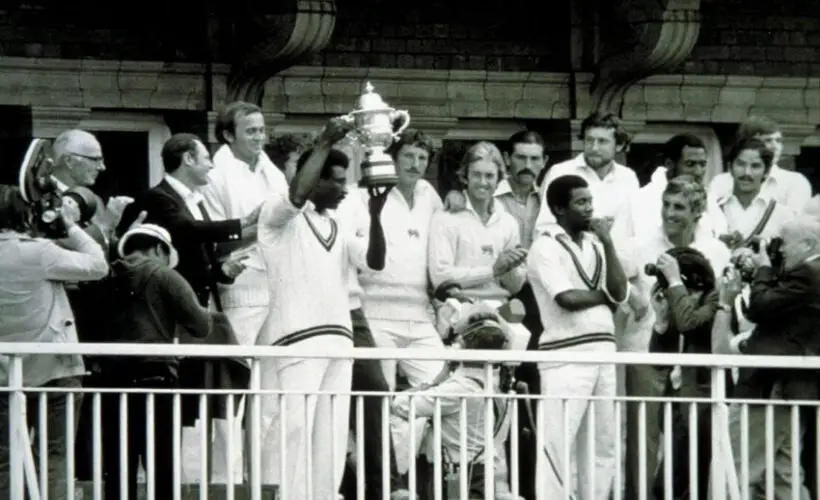
4. Clive Lloyd
Lloyd had excellent footwork, and he would quickly identify spaces in the field. When playing pull shots on fast pitches, the southpaw was nimble. When facing spinners on sub-continental wickets, Lloyd appeared at ease and made good use of the crease by hitting attacking strokes. In international cricket, the left-hander has a colossal personality. 110 tests yielded 7515 runs for him. In 1975 and 1979, he guided West Indies to two World Cup victories.

5. Viv Richards
In that period, Sir Vivian Richards was in a league of his own. With his destructive kind of play, Richards would destroy any bowling unit. Richards could swiftly determine the length of any delivery and was strong on both sides of the wicket. The best batter the West Indies had ever produced, King Richards, as he was affectionately known, was also a useful fielder inside the circle. His frightening presence would disrupt the rhythm of the bowlers. In 121 tests, Richards scored 8540 runs. Vivian Richards will be remembered as one of the most prominent athletes that West Indies has ever produced.
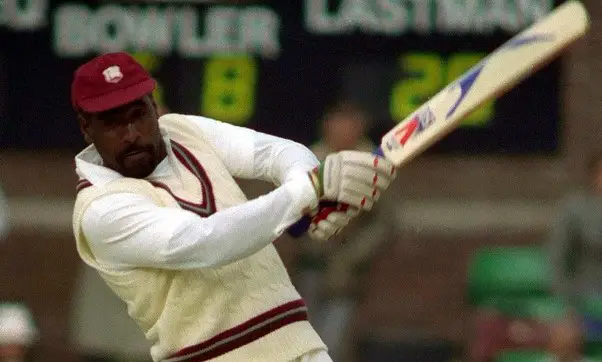
6. Gordon Greenidge
Gordon Greenidge is one of the best openers who have represented the West Indies. Greenidge, a well-liked stroke player, kept his innings under control and tried to play straight on seaming surfaces. Greenidge dealt with the spinners efficiently in the subcontinent, and his spinner defense appeared to be rock-solid. Greenidge would play the ball quite late on slow wickets and penalize the bowlers if anything was outside the off-stump area. While playing the square cuts and cover drives, Greenidge appeared composed. In 108 tests, Greenidge scored 7558 runs. A total of 5134 runs were scored by Greenidge in 128 One Day Internationals.

7. Desmond Haynes
Because they were quite familiar with one another's games, Desmond Haynes and Gordon Greenidge made the ideal team. To play the ball on the front foot, Haynes would alter his strategy depending on the state of the wicket. With his elegant on-drives, Haynes would outsmart the bowlers and would frequently drive down the wicket to full-length deliveries. While playing square of the wicket, Haynes also demonstrated his strength. Haynes played swing proficiently in English circumstances as well.
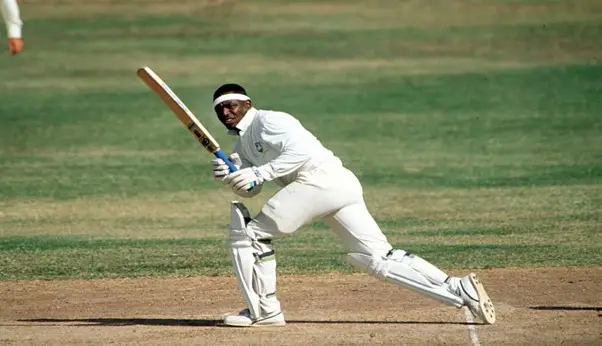
8. Sir Richie Richardson
Richardson was a flamboyant batsman in the traditional Caribbean style; he excelled against fast bowling and enjoyed going after his opponents. He was renowned for forgoing a helmet in favor of a wide-brimmed maroon hat, and when in full swing, he could frequently be seen hooking and dragging bowlers to the boundary. He played in 86 Test matches for his nation, finishing with 5,949 runs in total. Stunning innings like the 194 against India in 1989 or the 185 against New Zealand in 1985 were included in this.
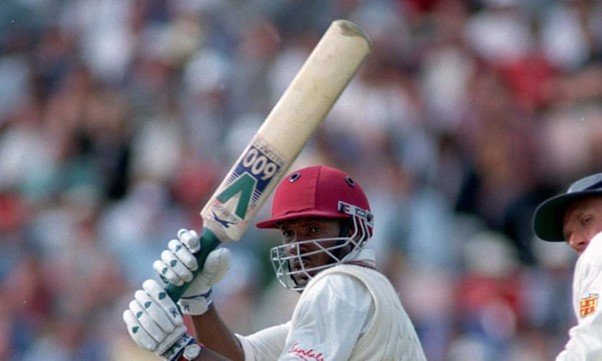
9. Malcolm Marshall
Without a question, the West Indies' dreaded pace assault was a major factor in their success in the 1980s. Malcolm Marshall, one of the best, was foremost among them. Marshall was a tall, quick, dangerous, aggressive, and gifted player who occasionally terrified opponents into giving up their wickets. Even the most skilled batter could be caught out thanks to his wicked bouncer. Due to his agile motion, Marshall also possessed a command of the in- and out-swing, which he could use to drop the ball down without indicating his intention.
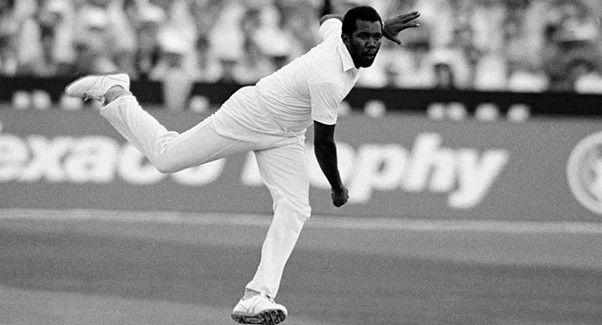
10. Joel Garner
Joel Garner was dubbed "Big Bird" for his enormous stature of 6 feet 8 inches. As he rushed in, throwing the ball seemingly down from the skies, batsmen undoubtedly felt the full impact of his height. Garner, a destructive bowler who spent a large portion of the 1980s representing his nation, was a crucial component of the feared West Indies bowling assault at the time. In case there was any doubt about his talent, his 6 for 56 against New Zealand in 1980 and amazing 6 for 60 against Australia in 1984 serve as proof.
